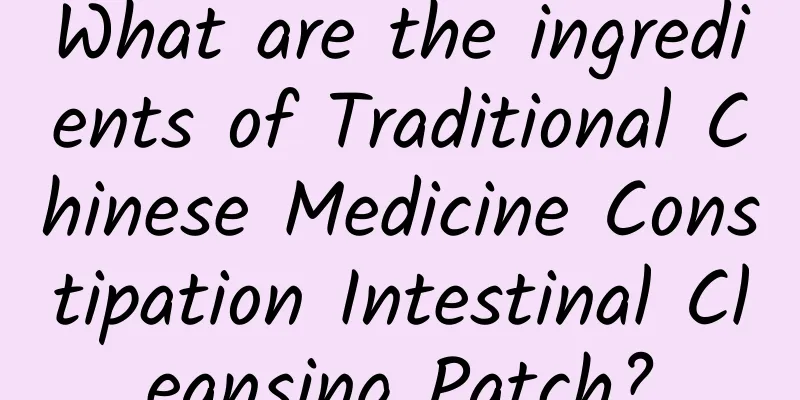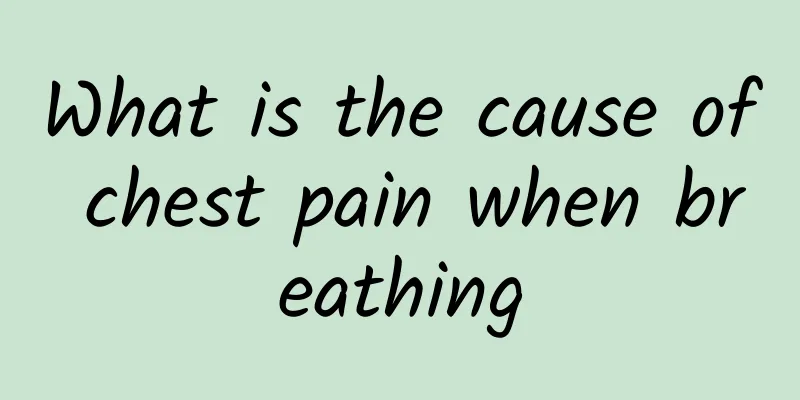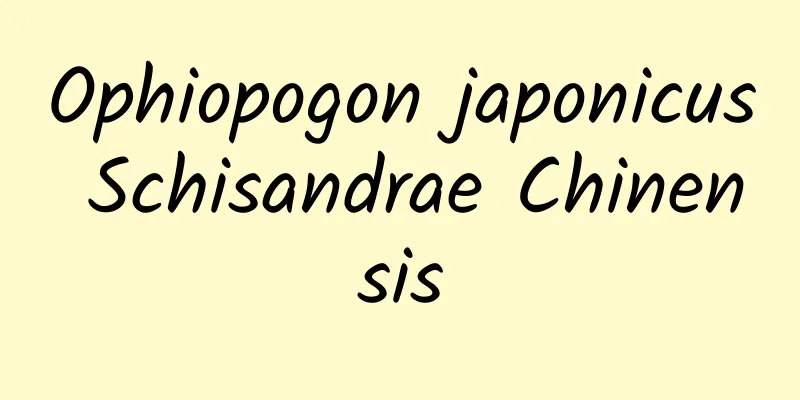The difference between cerebral infarction and cerebral thrombosis

|
Generally, cerebral thrombosis is very common in middle-aged and elderly people aged 55-65. If it is not discovered and treated in time, it can easily lead to a stroke. The proportion of men is much higher than that of women. It is a disease that we should be very vigilant about, especially if there are middle-aged or elderly people in the family. Some of the symptoms belong to cerebral infarction and cannot be confused with it. They should be treated differently from cerebral thrombosis. Although cerebral thrombosis and cerebral embolism are both ischemic cerebrovascular diseases, they are collectively referred to as cerebral infarction in clinical practice. However, since the symptoms of the two diseases are extremely similar, they are often confused. But because the causes of the two diseases are different, we should not confuse them. If we treat them without distinguishing them, unknown situations may occur. In the absence of conditions for CT or MRI examinations, the following identification can be used: (1) Patients with cerebral hemorrhage often have a history of hypertension and cerebral arteriosclerosis, while patients with cerebral infarction often have a history of transient ischemic attack or heart disease. (2) Cerebral hemorrhage often occurs when one is emotionally excited or exerting oneself, whereas cerebral infarction often occurs when one is resting quietly. (3) Cerebral hemorrhage occurs suddenly and progresses rapidly, often reaching a peak within a few hours, and there are usually no warning signs before the onset of the disease. Cerebral infarction progresses slowly, often gradually worsening after 1 to 2 days, and there is often a history of transient ischemic attack before the onset of the disease. (4) After the onset of cerebral hemorrhage, patients often experience symptoms of increased intracranial pressure such as headache, vomiting, and neck stiffness. Their blood pressure is also high and their consciousness is severely impaired. When cerebral infarction occurs, blood pressure is usually normal, there are no symptoms such as headache and vomiting, and the patient is conscious. (5) The cerebrospinal fluid pressure during lumbar puncture in patients with cerebral hemorrhage is high and often bloody, while the cerebrospinal fluid pressure in patients with cerebral infarction is not high and is clear and bloodless. (6) Central respiratory disorders are common in patients with cerebral hemorrhage. The pupils are often asymmetrical, or both pupils are constricted, and the eyes are deviated and floating in the same direction. Central respiratory disorders are rare in patients with cerebral infarction, the pupils are symmetrical on both sides, and the eyes rarely deviate or float. Of course, some patients with mild cerebral hemorrhage have mild clinical symptoms, similar to cerebral infarction, and the two are difficult to distinguish. When patients with large-area cerebral infarction experience increased intracranial pressure and impaired consciousness, it may be similar to cerebral hemorrhage, making it difficult to distinguish clinically. The CT appearance of cerebral hemorrhage is a high-density shadow, while cerebral infarction is a low-density shadow, which are completely different. |
<<: Treatments for rheumatoid arthritis
>>: Precautions for cerebral thrombosis
Recommend
Is Traditional Chinese Medicine Ineffective? That's where you got into a misunderstanding.
October 22, which just passed, was World Traditio...
How to cook Hedyotis diffusa
Snake tongue grass is a kind of Chinese herbal me...
These Chinese medicines are the first choice for women to replenish qi and blood!
Nowadays, female friends occupy an increasingly i...
How to improve immunity when you catch a cold
If you often catch colds, it means that your body...
There was no blood the first time, but after a few days there was blood.
We know that because of the existence of the fema...
The main causes of extraabdominal hernia
Extraperitoneal hernia is quite common in daily l...
How to treat neurasthenia and insomnia
Insomnia, to put it simply, means the inability t...
Inflammation of lymph nodes
The main causes of lymph node inflammation are a ...
Treatment of tinea cruris
Tinea cruris is a relatively stubborn skin diseas...
Medicinal value of melon
In fact, many people don’t know what Trichosanthe...
Disadvantages of Gua Sha
Gua Sha is one of the common traditional natural ...
Is it good to suture scars with cosmetic needles?
Cosmetic injections are a relatively common medic...
What causes vomiting and diarrhea?
Many people often experience vomiting and diarrhe...
Is small intestinal perforation serious?
I believe that everyone has only heard of gastric...
Blisters on feet
Blisters on the feet are a common disease, which ...









